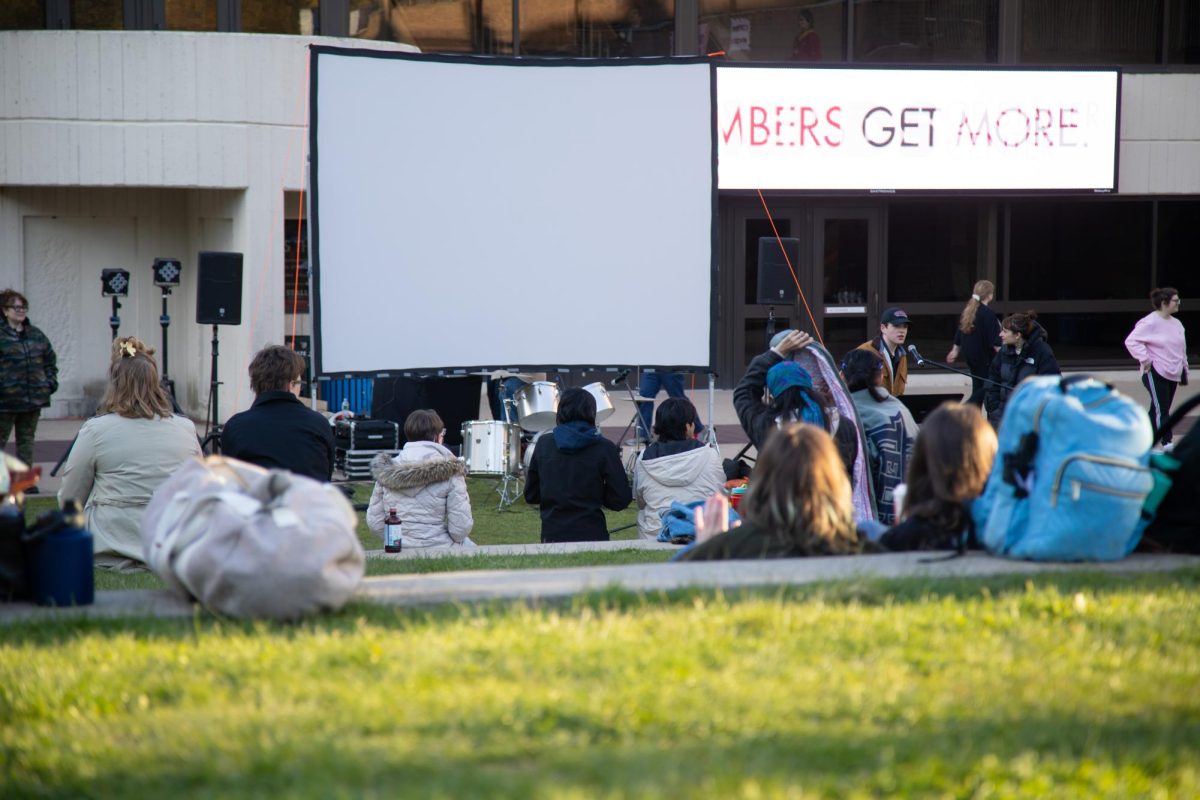 Walking across Stony Brook University campus after dark will soon become less dangerous when the university police roll out Rave Guardian, an application that turns cell phones into safety devices by instantly alerting the police of the caller’s whereabouts when they are in trouble.
Walking across Stony Brook University campus after dark will soon become less dangerous when the university police roll out Rave Guardian, an application that turns cell phones into safety devices by instantly alerting the police of the caller’s whereabouts when they are in trouble.
Students and staff will be able to log onto SOLAR and enroll their cell phones, which will give them automatic access to university police through a precautionary timer or one-button panic call.
Through Rave Guardian, a timer can be set on the user’s cell phone for how long the user thinks it will take him to reach his destination. Two minutes before the timer expires, the person receives a call from Guardian reminding them that they have an active timer. If the person reaches his destination, they can deactivate the timer with a push of a button. However, if the timer is not deactivated after the time elapses, the university police receive an alert and go to the location.
“There is no real-time monitoring,” said Lawrence Zacarese, assistant chief of police. “I know that some schools have had similar questions, and rightfully so, with the big brother concerns. The information is not stored and we can’t pop up on the computer and see where you are because you have registered.”
When the university police receive a call from someone in danger, the caller is usually in a state of panic and may not even be sure of his or her location. According to Zacarese, every question a police officer has to ask wastes valuable amounts of time. Rave Guardian eliminates the time-consuming phone call because the caller’s profile information is sent to the university police.
Students and staff members can program the Guardian number on their phones as a preset number, and with the push of a button, they are able to alert police dispatchers at the police station that they are in trouble. An officer will then be able to see the information the user entered on SOLAR.
“This allows us to have an increase response time, particularly in areas where you might not normally have blue [light emergency] phones,” Zacarese said.
While many students said that it seems like a good idea, some are a bit skeptical about whether or not it will be successful.
“It’s nice to know that the university is taking extra measures and trying to keep all its students as safe as possible, but let’s face it, they are going to definitely have immature pranksters setting off the system and causing a ruckus,” said Ryane Rodriguez, a sophomore.
Rodriguez said that she thinks the preset button could lead to false alarms from young girls who get frightened by people walking towards them at night.
Rave Mobile Safety was founded in 2004 by a team of entrepreneurs and investors who had the vision that cell phones should be used for safety purposes. Since then, hundreds of colleges and universities have begun using Rave Guardian.
“The de-mand for Guardian has never been higher,” said Tom Axbey, the president and CEO of Rave Mobile Safety. “Student and faculty safety is always in the top three concerns of any student, parent and administrator and we see public safety now looking to utilize technologies that were not available even five years ago to augment their policing efforts.”
A survey by Campus Residences showed that 97 percent of Stony Brook students have cell phones. Zacarese said that because of that survey results he knows that they are targeting the right audience. He said that when he compared the cell phone usage percentages of other schools, about one in four students enrolled their cell phones.
“We are constantly evaluating the new technology and this is just one of those steps,” Zacarese said.









